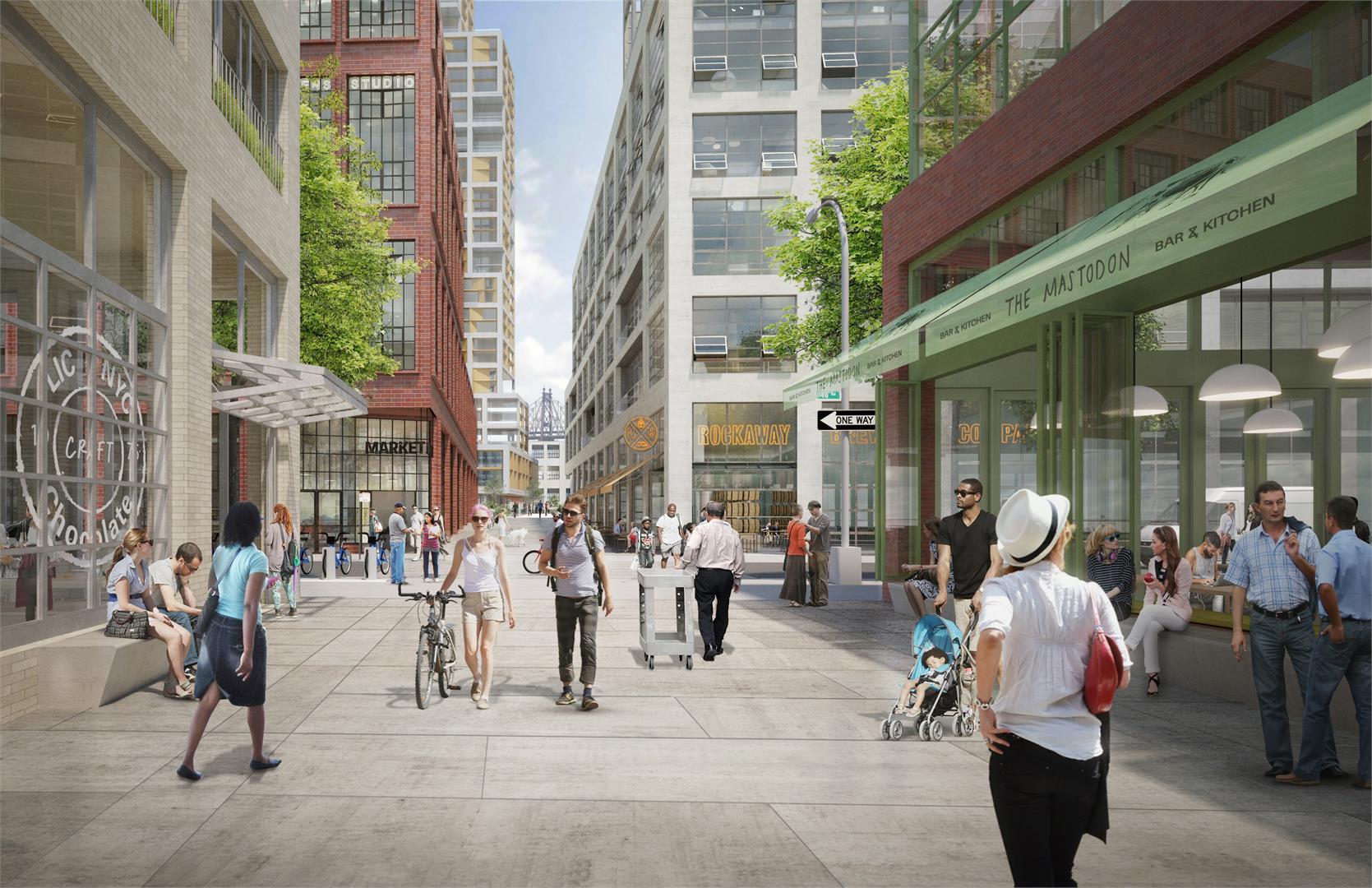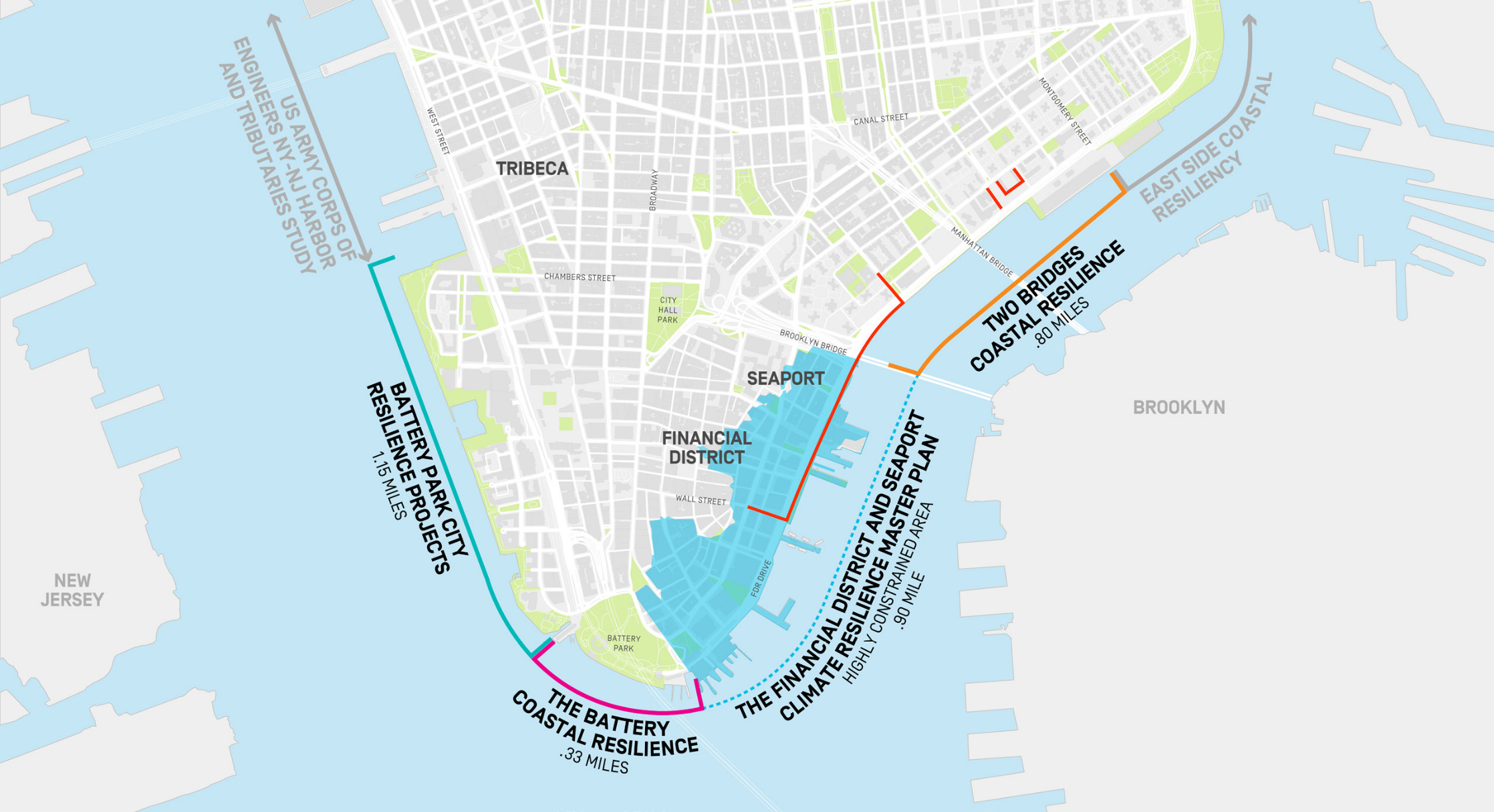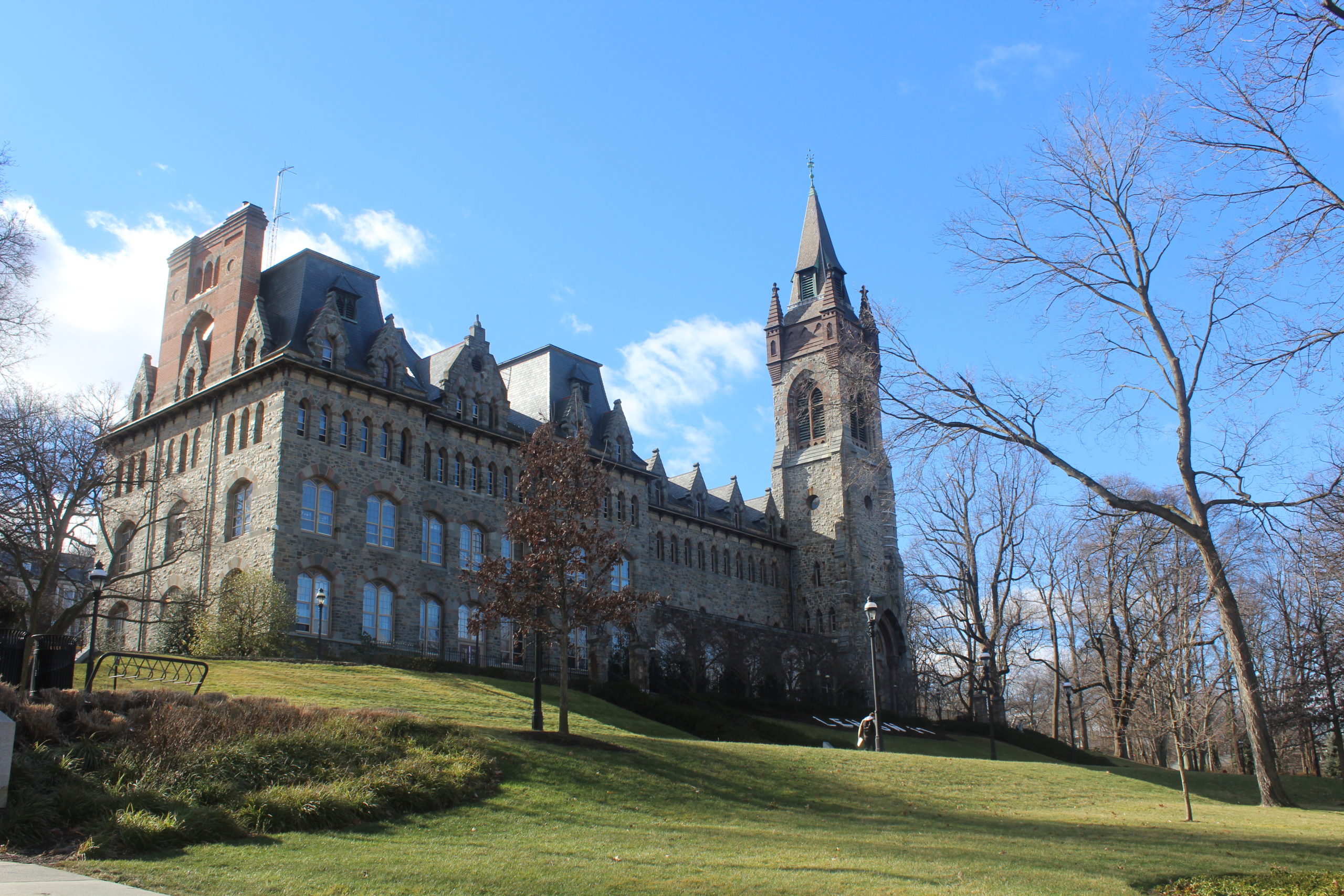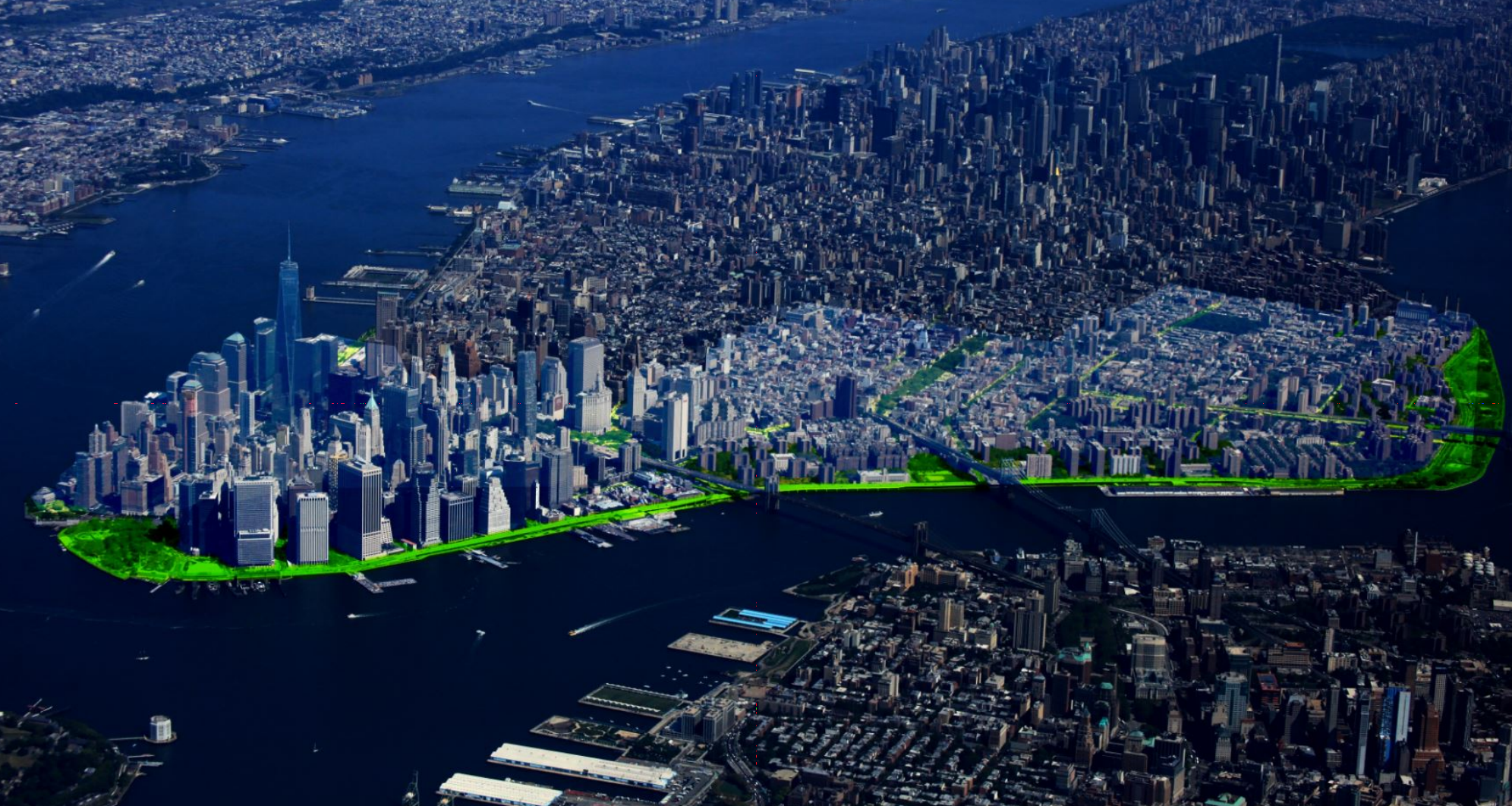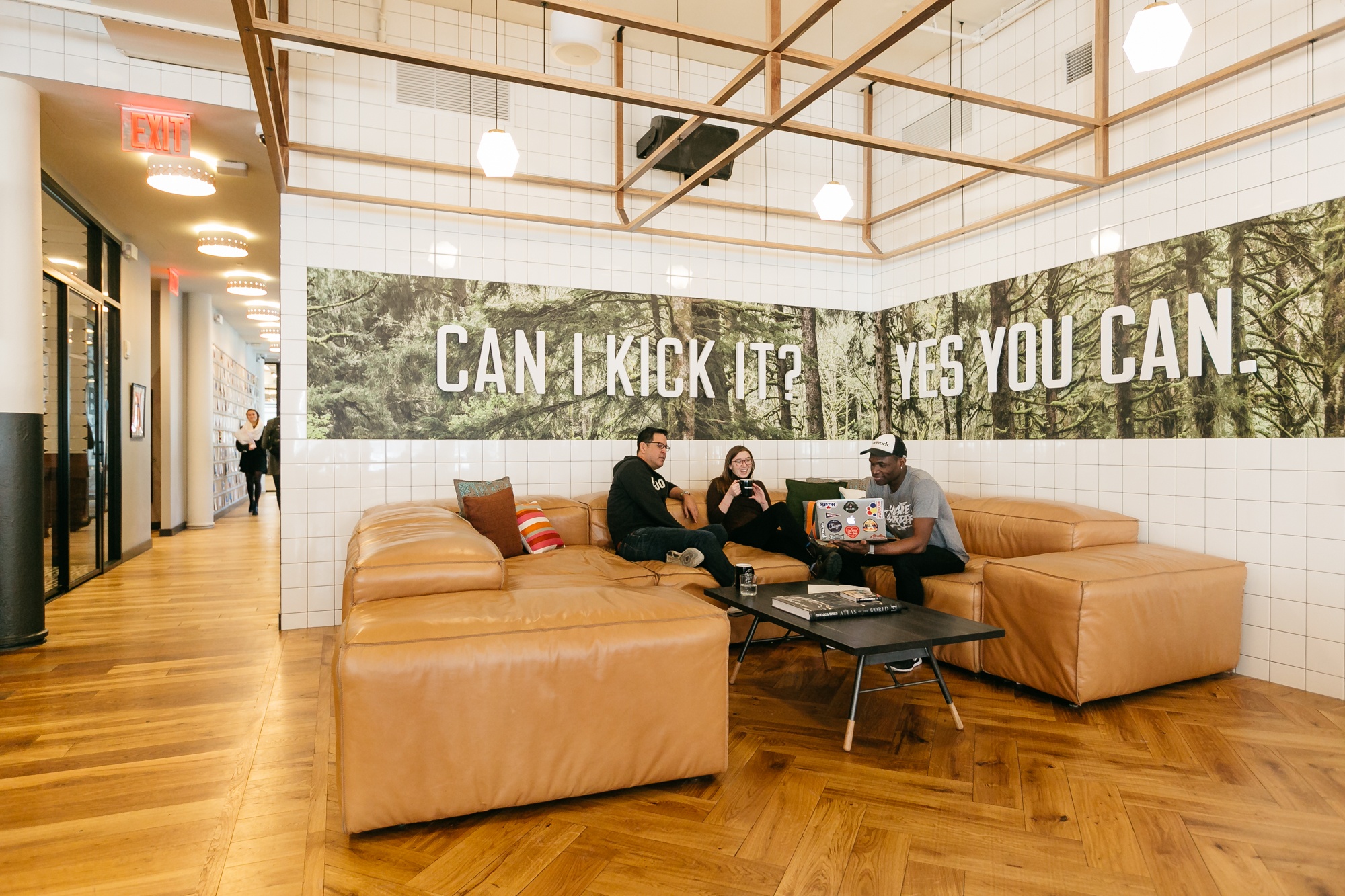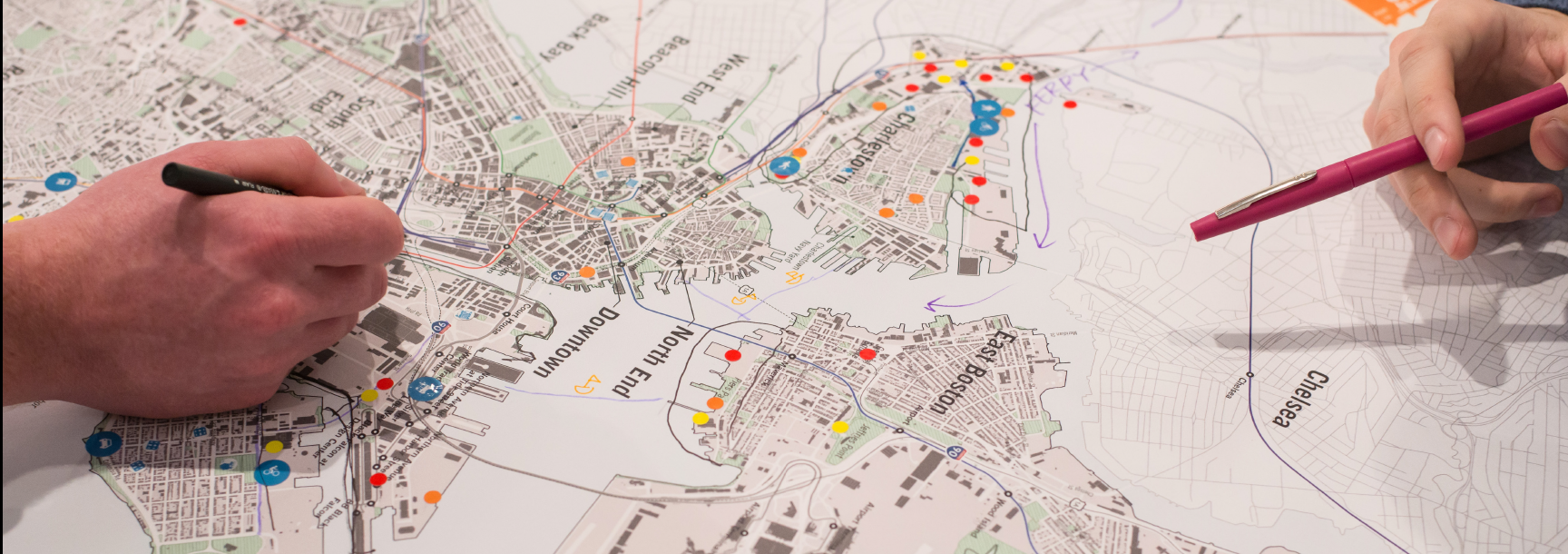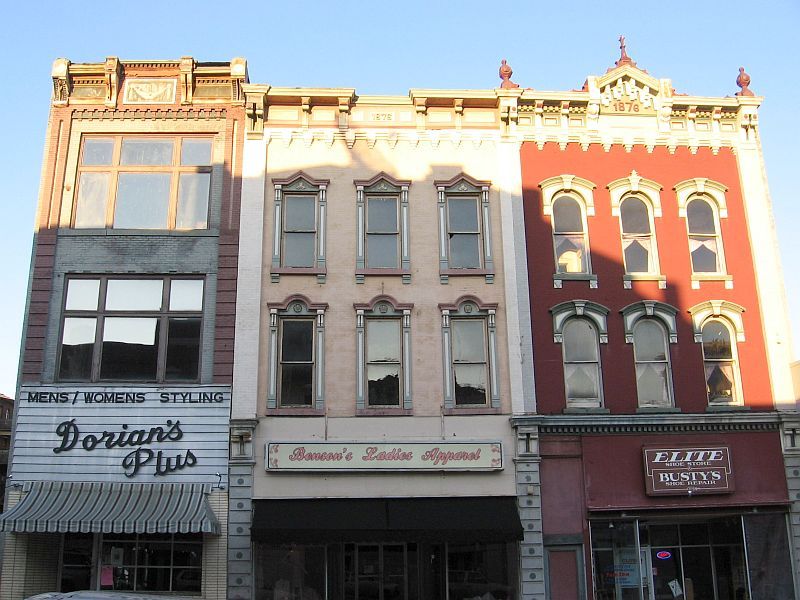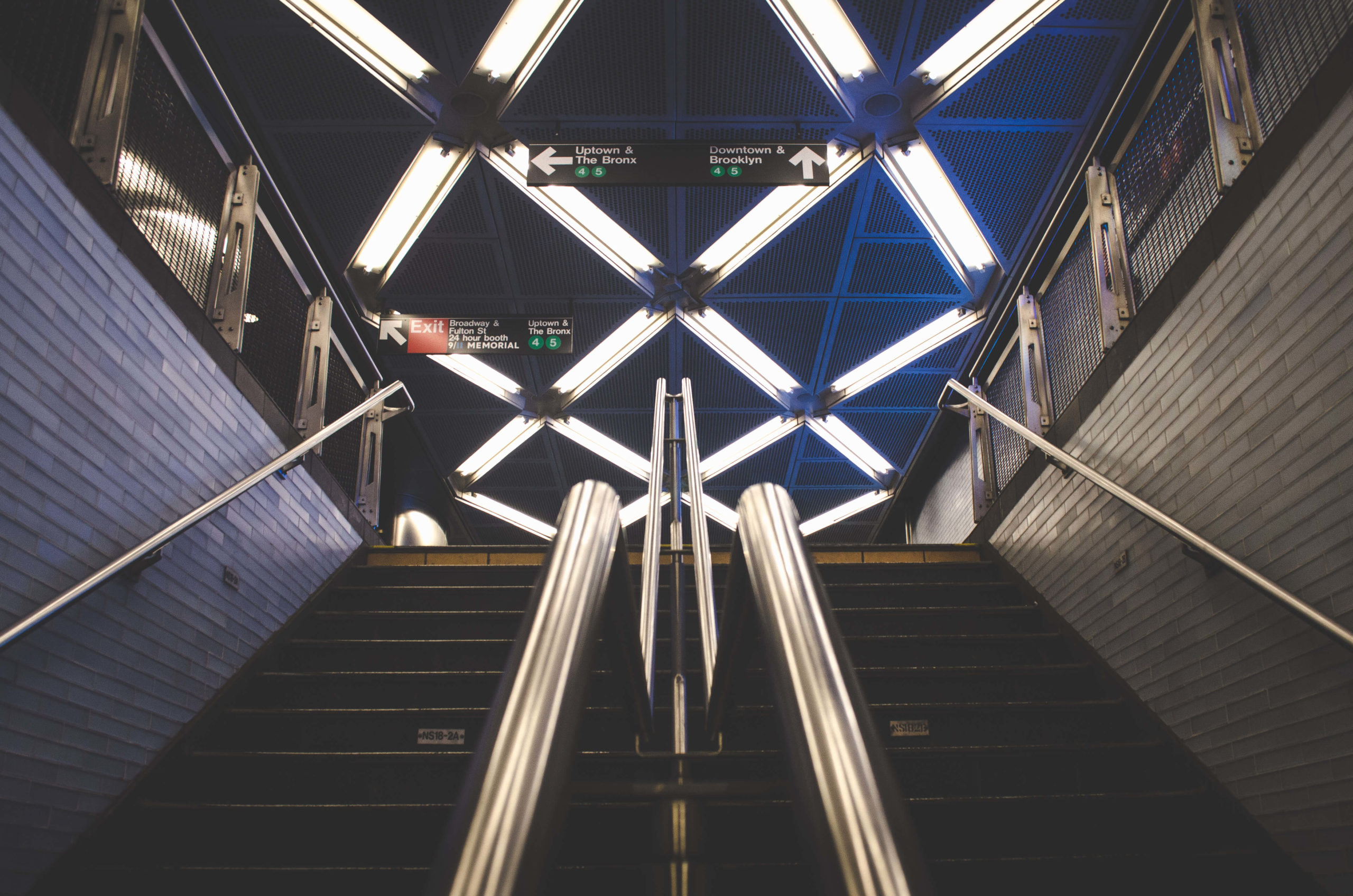HR&A demonstrated the economic rationale for transforming the High Line into a vibrant public park. The park, created by Robert Hammond and Joshua David, reinvigorated Manhattan’s far west side with new jobs, mixed-income housing, and arts and cultural development, providing an internationally-renowned model of civic leadership.
The High Line, an elevated freight railway running 1.8 miles along Manhattan’s far west side, was built in the 1930s as part of a public works project to remove trains from the street level. After decades of abandonment and disuse, the mayor of New York City signed an order to demolish the High Line in 1999. Visionary neighborhood residents formed Friends of the High Line, a non-profit organization that pledged to preserve the historic structure and create a neighborhood public amenity by converting the abandoned railway into a public park.
HR&A has supported the Friends of the High Line throughout the development and operation of the High Line
- HR&A prepared an economic and fiscal impact study to demonstrate that the economic and social benefits of such a conversion would far outweigh the necessary capital costs of development.
- We also worked with Friends of the High Line and the New York City Department of City Planning to craft the award-winning West Chelsea rezoning, which allowed the transferal of air rights under and around the High Line to nearby land parcels. The rezoning preserved private property rights, protected the historic railway structure, catalyzed contextual real estate development, and enhanced the position of West Chelsea and the Meatpacking District the center for art and culture in Manhattan.
- HR&A worked closely with Friends of the High Line to create the park’s operating model and transform advocacy organization into a conservancy. Relying on an agreement with the Parks Department, Friends of the High Line is responsible managing the park’s public space, which receives over three million visitors a year.
- Despite the Bloomberg administration’s embrace of the High Line’s first two sections, the final and most beautiful section was threatened with demolition as part of the Hudson Yards development. Even before a developer was selected, HR&A supported the Friends of the High Line in its successful effort to ensure the preservation of the entire structure.
HR&A Chairman, John Alschuler served as Board Chair of Friends of the High Line from 2009 to 2014.
The park opened to the public in 2009 to tremendous success, and now sees over five million annual visitors. Over 30 new residential commercial, and cultural development projects have been planned or constructed in the area, including Frank Gehry’s IAC Interactive headquarters, Jean Nouvel’s 100 11th Avenue residential condominium building, and a new home for the Whitney Museum designed by Renzo Piano. HR&A continues to support to Friends of the High line, providing economic and fiscal analysis to determine the High Line’s impact on the City’s municipal property tax revenues and net new economic activity.
International Economic Development Council Neighbourhood Development Prize, 2010
Images Courtesy of: Iwan Baan
